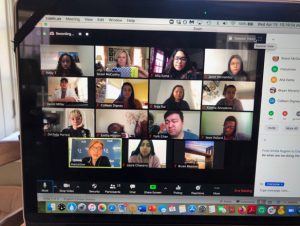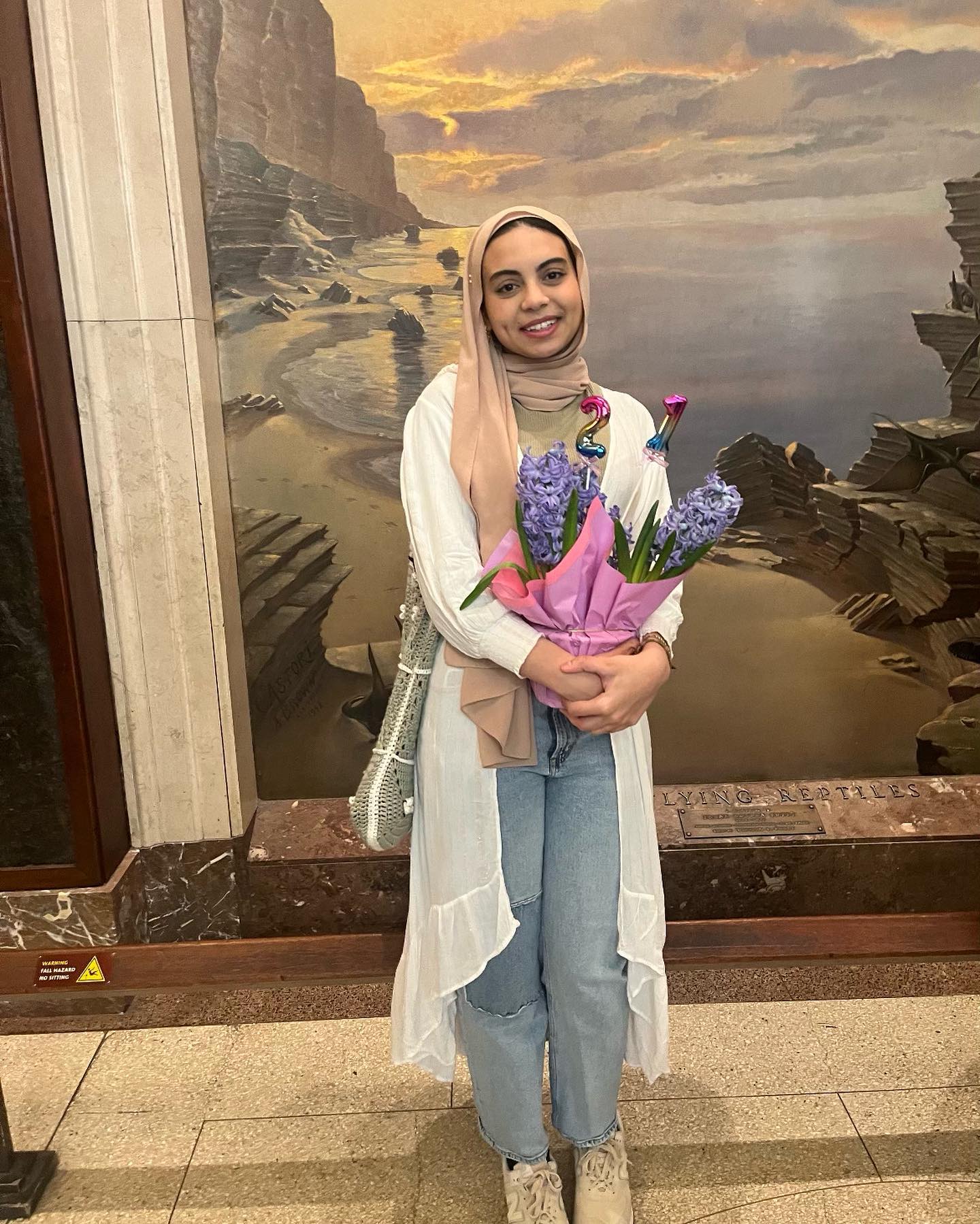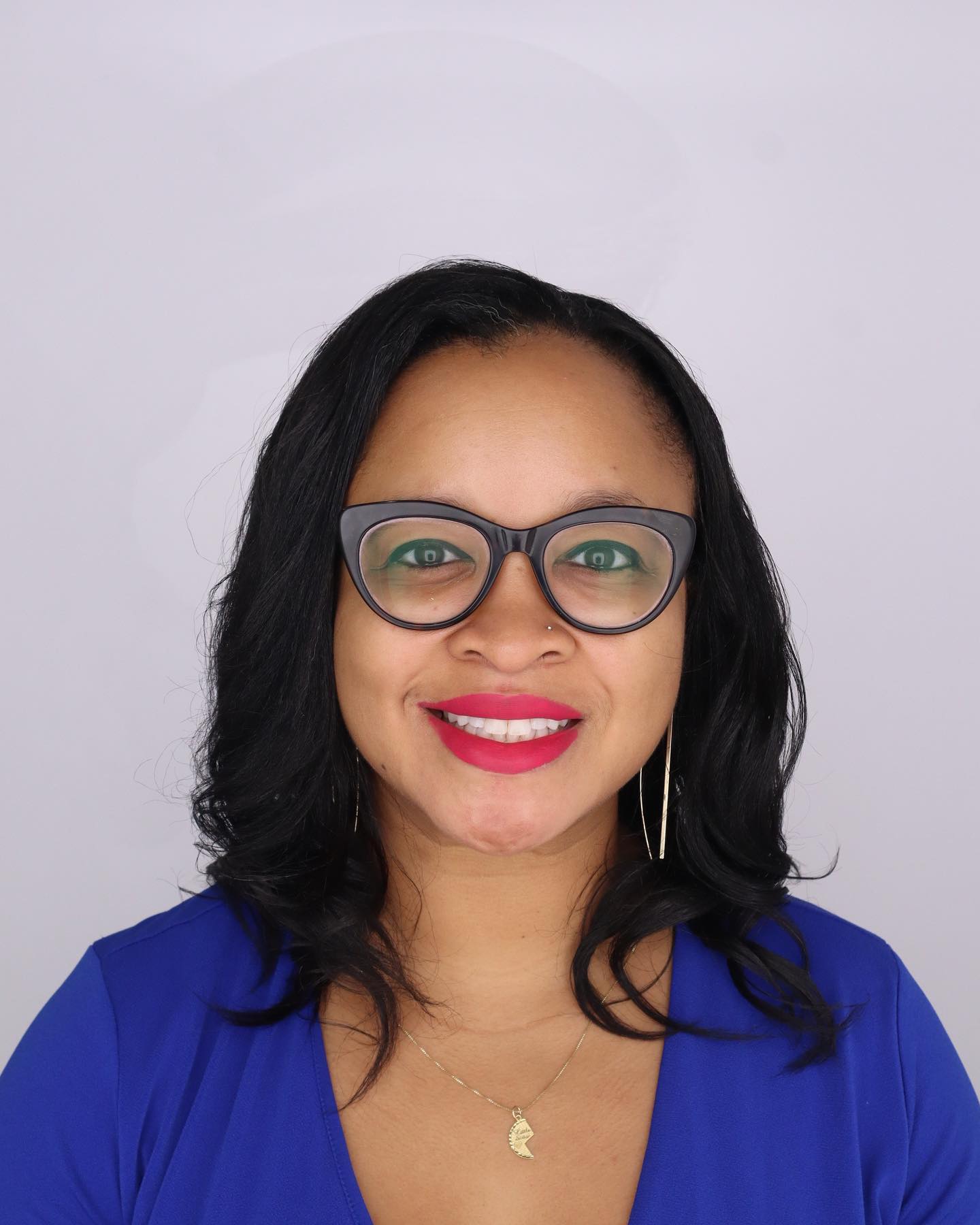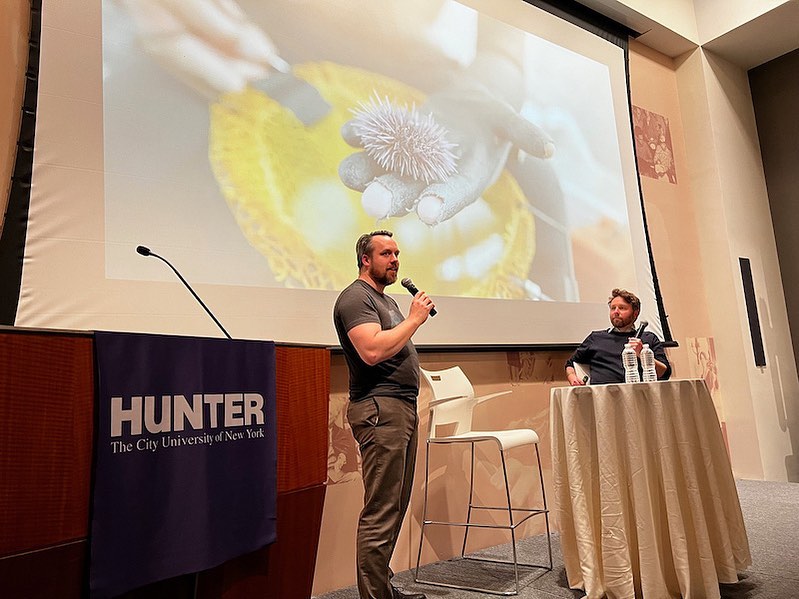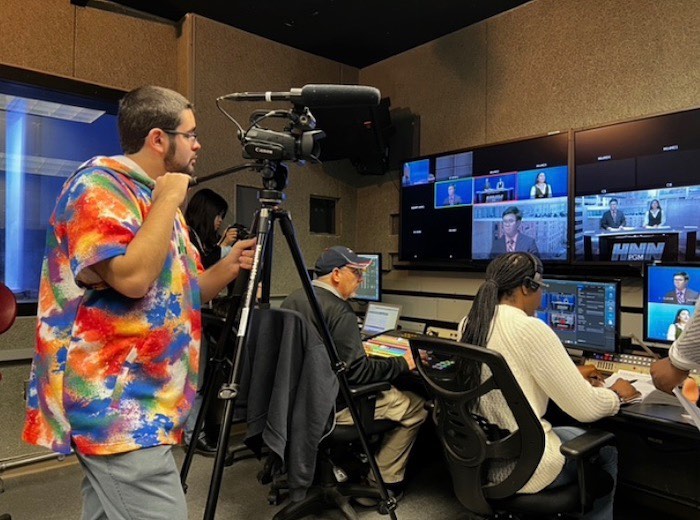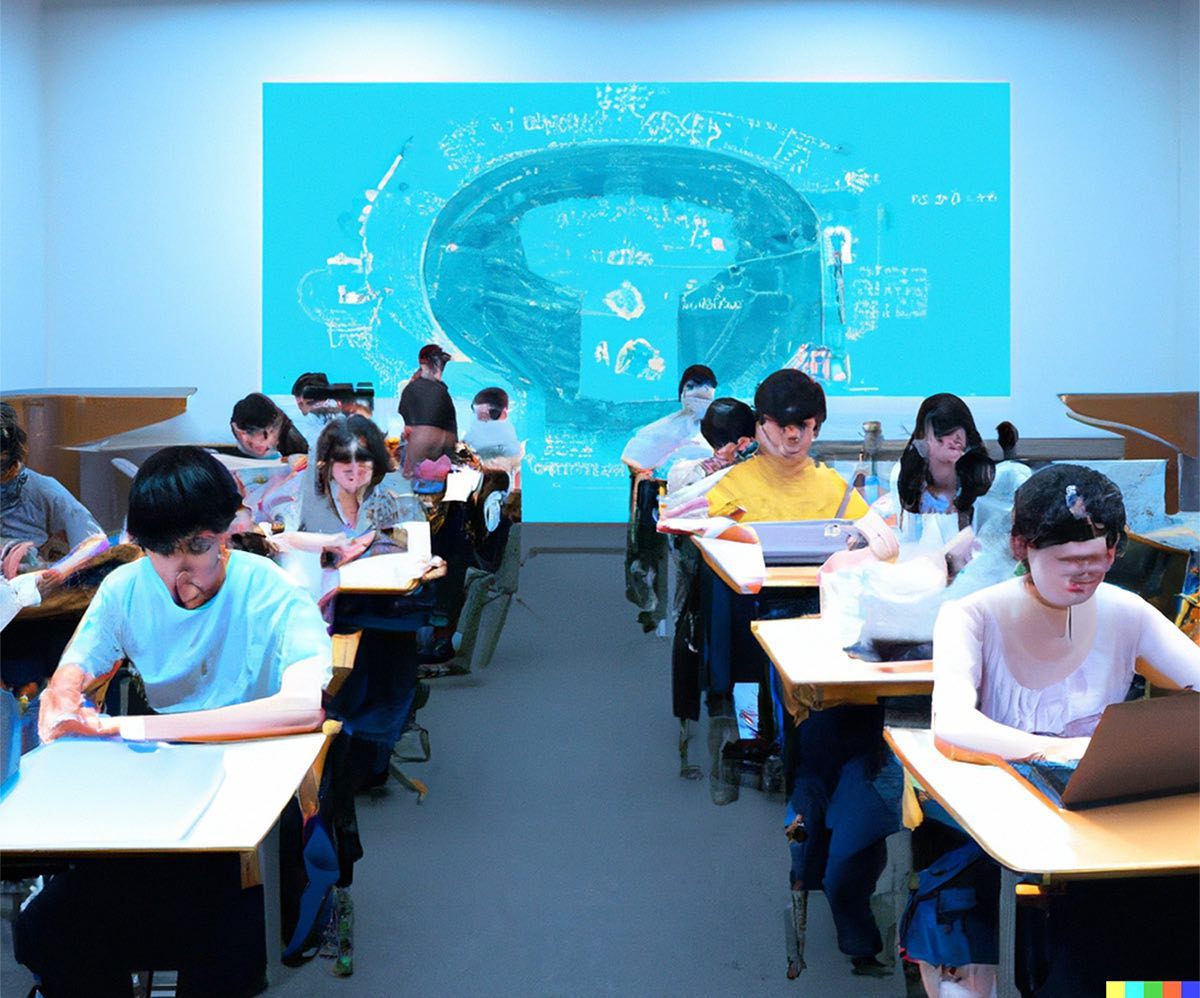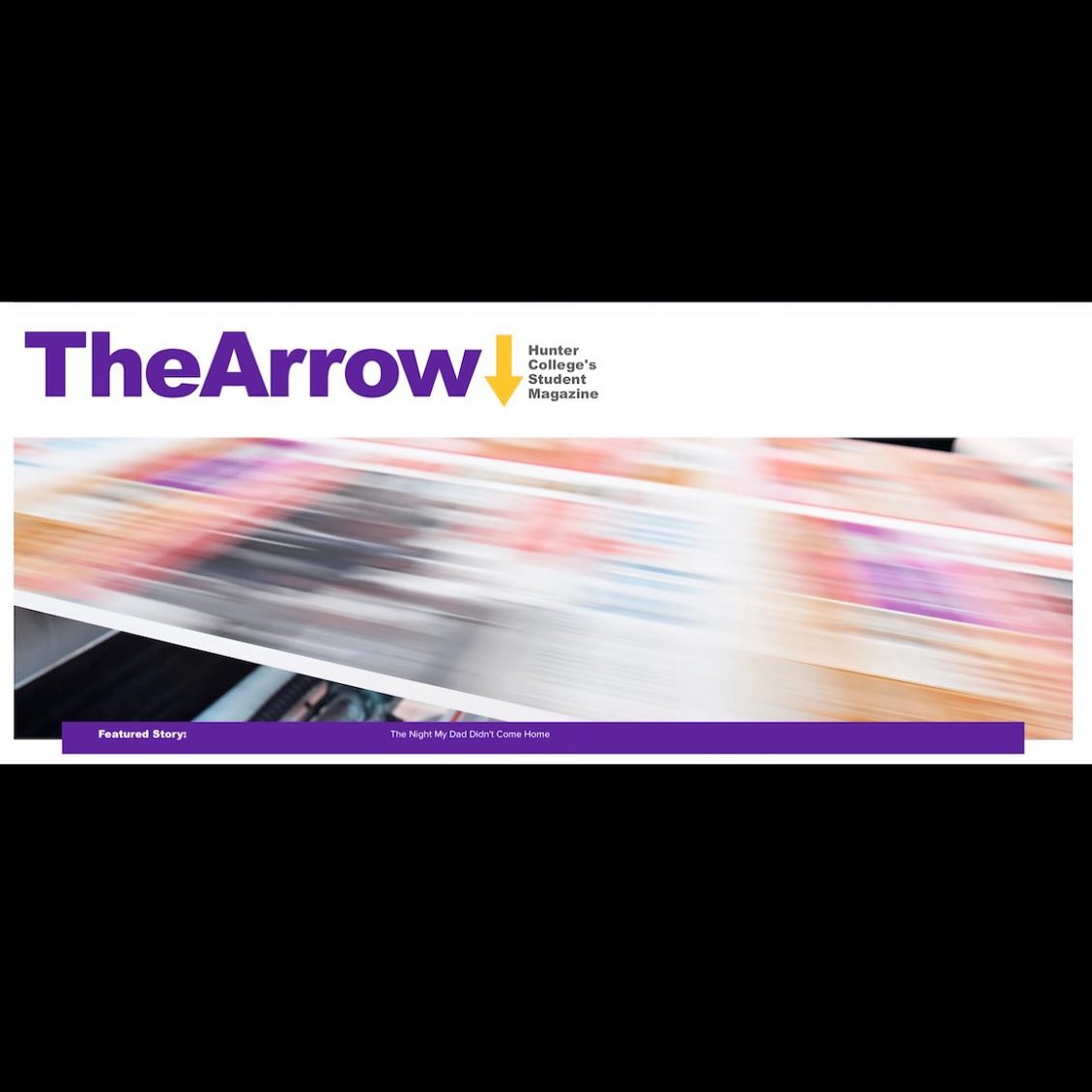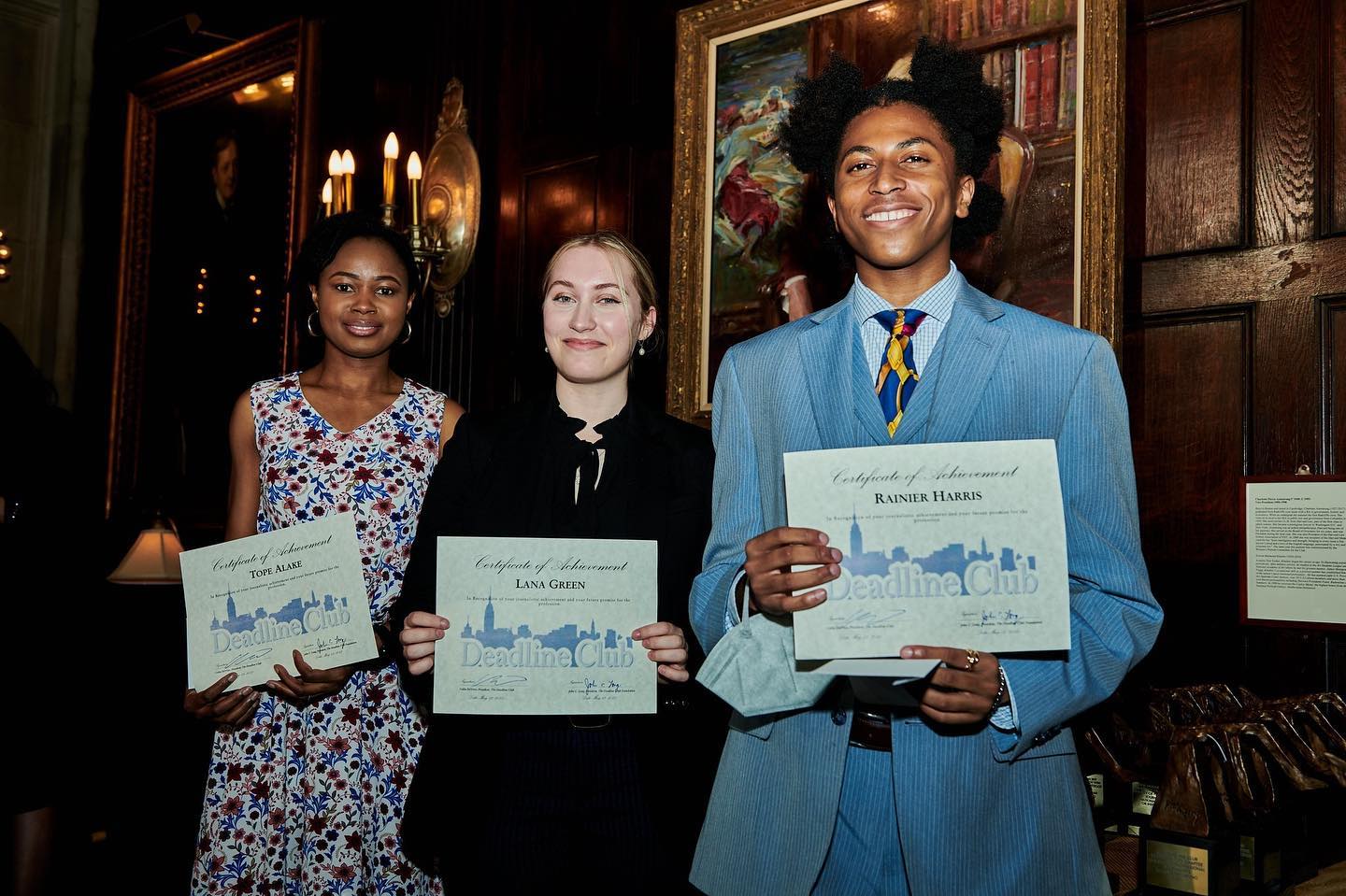More than a month into Hunter College’s move to remote learning, the school’s journalism courses have dramatically shifted the way they now operate.
For one, instructors are trying to recreate the classroom setting and offer online assignments with tools like Blackboard Collaborate Ultra or Zoom. For another, all journalism classes have shifted their reporting focus to full-time coverage of the novel coronavirus.
Some courses seem to have migrated online fairly easily.
Adjunct Professor David Alm said of his magazine writing class, “While it’s always better to meet in person to talk about writing, because it creates a more nurturing and constructive environment for critiquing work and discussing the finer points of good writing, it’s been reasonably OK to meet online because we can still discuss readings, have group critiques of student work, and cover the main points of the course.”
But the changes have been far more marked for Studio News Production, which produces the Hunter News Now bi-weekly video newscast and so is heavily reliant on onsite production and live reporting.
Professor Sissel McCarthy explained, for instance, that without the ability to safely report on the street, her students have had to use copyright-free online clips and material that can be shown under the Fair Use doctrine for their video packages. And an upcoming show will have to be recorded using Zoom.
“We have really bonded as a team, and we’re learning on the fly how to cover a huge, breaking story in real-time.”
— Professor Sissel McCarthy
But the team has risen to the occasion, added McCarthy, who also directs the journalism program.
“I am so impressed with how adaptable my Hunter News Now students are and how quickly they are coming up with workarounds to tell visual stories about our community,” she said. “We have really bonded as a team, and we’re learning on the fly how to cover a huge, breaking story in real-time. The show must go on.”
Maintaining a sense of connection, continuity
One key to the transition to remote learning has been instructor-student communication.
“I’m relying heavily on email and phone calls to keep up with my students,” said David Alm, who this term is teaching courses in news literacy and magazine writing.
Alm said that he is working hard to maintain a sense of connection with students despite the ability to meet in person or hold face-to-face office hours.
“I’ve made myself more available than usual to talk with magazine students, especially, and have held several lengthy phone tutorials to discuss their writing individually,” he added.
Nevertheless, some of the difficulties of remote learning have come through in smaller ways.
For instance, Alm noted that in-person constructive criticism of writing and student group critiques foster detail-oriented work. But while still able to cover the majority of the course work, he acknowledged, “We’re accomplishing online about 60-70% of what we’d be able to do in the classroom.”
Alm added: “In a classroom setting, we can really inspire people who’d never thought seriously about journalism to start doing so; online, that’s a much more difficult order,” said Alm.
Also, the shift to remote learning has been irregular, first with an instructional recess March 12-18, then a recalibration period from March 27-April 1, followed by a shortened spring break from April 8-10.
“Building my own schedule just doesn’t do it for me, and I need to have other people around to hold me accountable,” she added.
— Journalism student Emilia Nygren
Some students saw the additional time off from classroom instruction as a welcome respite. “I mean, honestly, part of me thought it was nice to be on break again sooner,” said Seon Pollard, a senior political science and journalism double major.
But the irregular routine and the fact that some classes are not being held live has left some students wishing they had more structure. “I really miss having my days be divided into a schedule,” said Emilia Nygren, a senior political science major and journalism minor.
“Building my own schedule just doesn’t do it for me, and I need to have other people around to hold me accountable,” she added.
The importance of contagion coverage
Meanwhile, as journalism classes have turned their attention to COVID-19, the program has started a Contagion Coverage 2020 page, highlighting student journalism from across the program.
The regularly updated page features work from Hunter publications like The Athenian, The Envoy and News Literacy Matters, and is co-edited by journalism department interns, Rich Mendez and Kalli Siringas.
As coronavirus continues to flood headlines, the importance of student-led contagion coverage is immense, faculty agreed, not only to spotlight student work, but also to explore what the future of reporting will look like.
“I think this time is proving just how necessary certain things are: science, facts, credible information and unbiased, non-partisan coverage,” said Alm of his news literacy class, where the goal is to create critical consumers of news.
“I hope it will renew a sense of value in the scientific community, as well as in the journalism industry,” he added.
What are YOUR THOUGHTS on the switch to distance learning? Share your comments with this brief survey.

